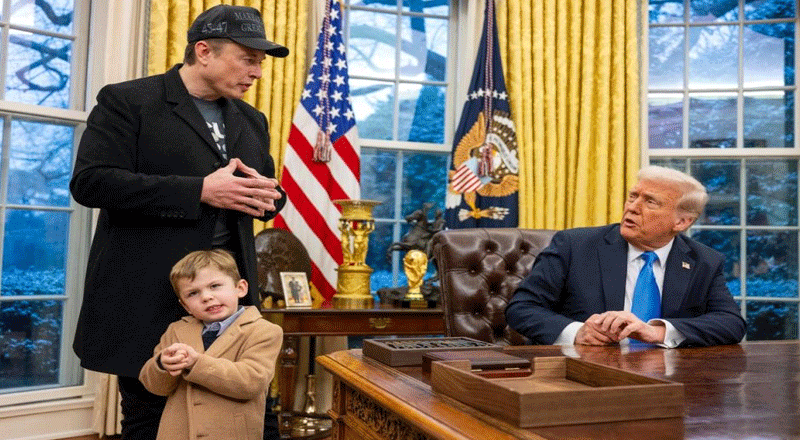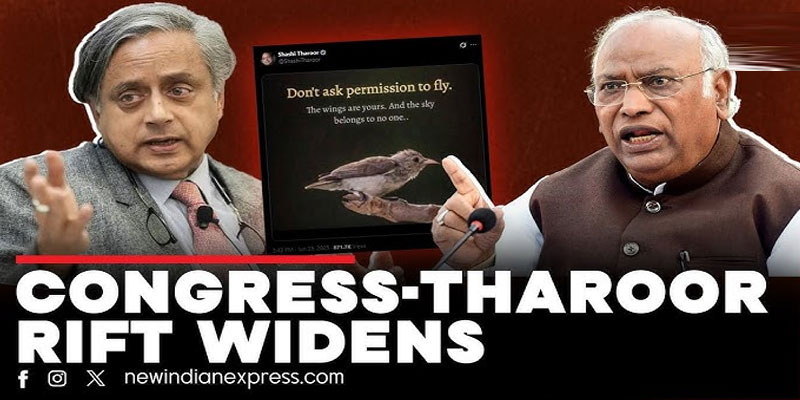DOGE and the Federal Workforce Purge: A New Era of Government Downsizing
In a dramatic shift in U.S. governance, thousands of federal workers have been dismissed as part of a large-scale effort spearheaded by President Donald Trump and billionaire entrepreneur Elon Musk. The initiative, branded under the Department of Government Efficiency (DOGE), aims to streamline federal operations, cut spending, and eliminate what the administration deems as bureaucratic inefficiencies.
While supporters argue that these measures are necessary to reduce government waste, critics fear the abrupt purging of federal employees will disrupt essential services and economic stability. The impact of DOGE is poised to reshape the U.S. workforce, with far-reaching consequences for employment, governance, and economic growth.
Mass Firings Across Government Agencies
The layoffs, which began on Thursday, have affected multiple federal agencies, particularly targeting probationary employees—workers hired within the last two years who have limited job protections. Among the hardest-hit departments are:
- Veterans Affairs (VA): Over 1,000 employees terminated, with officials citing a $98 million cost-saving measure to redirect funds toward healthcare services for veterans.
- U.S. Forest Service: A reported 3,400 job cuts, excluding firefighters.
- Consumer Financial Protection Bureau (CFPB): Terminations extended beyond probationary employees, impacting full-time contract workers.
- Department of Education & Small Business Administration (SBA): Hundreds of workers dismissed, with termination letters citing "public interest" concerns.
- General Services Administration (GSA): Approximately 100 employees laid off, despite some receiving excellent performance reviews.
- Office of Personnel Management (OPM): The federal HR agency enforced widespread layoffs, advising other agencies to follow suit.
The Internal Revenue Service (IRS) also saw the arrival of Musk-appointed staff, raising concerns about potential workforce reductions within the tax-collecting agency.
The Role of DOGE: Reshaping Government Efficiency
The Department of Government Efficiency (DOGE), a temporary government agency created by Trump and led by Musk, has taken center stage in this overhaul. With a mandate to reduce the 2.3 million-strong civilian federal workforce, DOGE operatives have gained access to personnel systems across at least 16 government agencies.
Their influence extends beyond terminations, as they analyse financial and operational data to identify further cost-cutting opportunities. Reports indicate that DOGE’s presence in government offices has already led to significant reductions in agency budgets and the implementation of aggressive efficiency policies.
Economic Implications: Cost-Saving or Crisis?
The Trump administration justifies these mass layoffs as a necessary step toward addressing the $36 trillion national debt and a $1.8 trillion annual deficit. According to White House press secretary Karoline Leavitt, over 75,000 workers have voluntarily signed up for buyouts, representing about 3% of the civilian workforce.
However, economists warn of potential negative consequences:
- Unemployment Surge: A sudden influx of jobless federal workers could strain state-level employment programs.
- Disruptions in Public Services: Fewer staff in critical departments may lead to delays in government operations, including tax collection, education programs, and small business support.
- Private Sector Shockwaves: The layoffs could spill over into industries reliant on government contracts, impacting private sector jobs and economic stability.
Supporters argue that private companies could absorb some of the displaced workforce, leading to a more competitive job market. Musk himself has suggested that tech-driven efficiency solutions can replace redundant federal positions, making government services more streamlined.
Political & Legal Fallout
The aggressive downsizing has triggered a backlash, with 14 states filing a federal lawsuit challenging Musk’s appointment and DOGE’s legal authority. Critics argue that civil service laws protect federal employees from arbitrary dismissals, and DOGE’s actions could set a precedent for eroding government job security.
Despite this, Trump has remained steadfast in his commitment to restructuring the federal workforce, reiterating his long-held stance that departments like the Department of Education should be abolished entirely.
The Future of DOGE and Federal Employment
The creation of DOGE marks a significant shift in how government efficiency is approached. While the initiative aims to reduce federal spending and eliminate inefficiencies, its execution has sparked controversy, legal challenges, and economic concerns.
As the impact of these layoffs unfolds, the question remains: will DOGE’s radical restructuring bring long-term benefits, or will it destabilize essential government functions? With Musk at the helm of this ambitious experiment, the future of federal employment and economic stability hangs in the balance.
(With inputs from agencies)






















